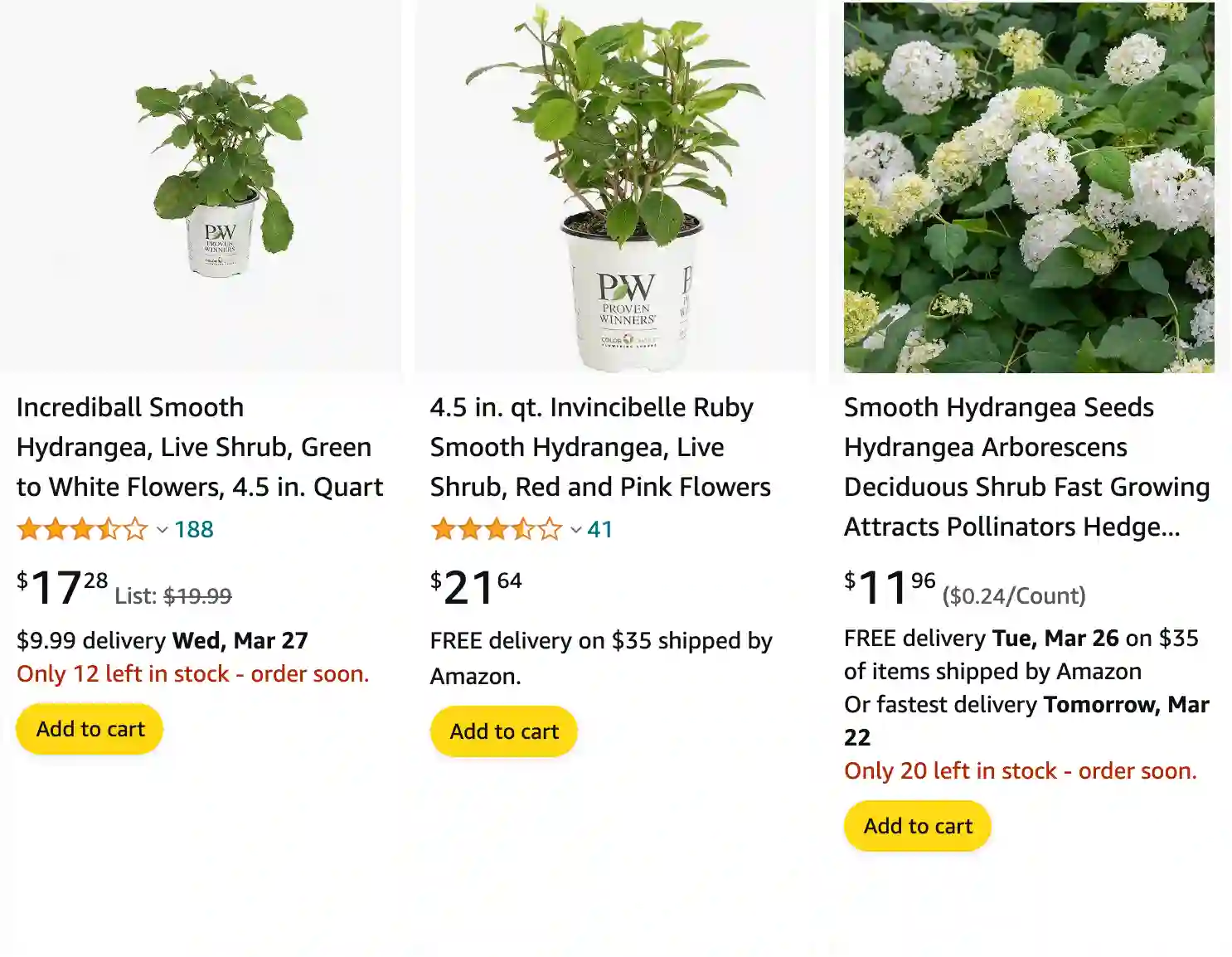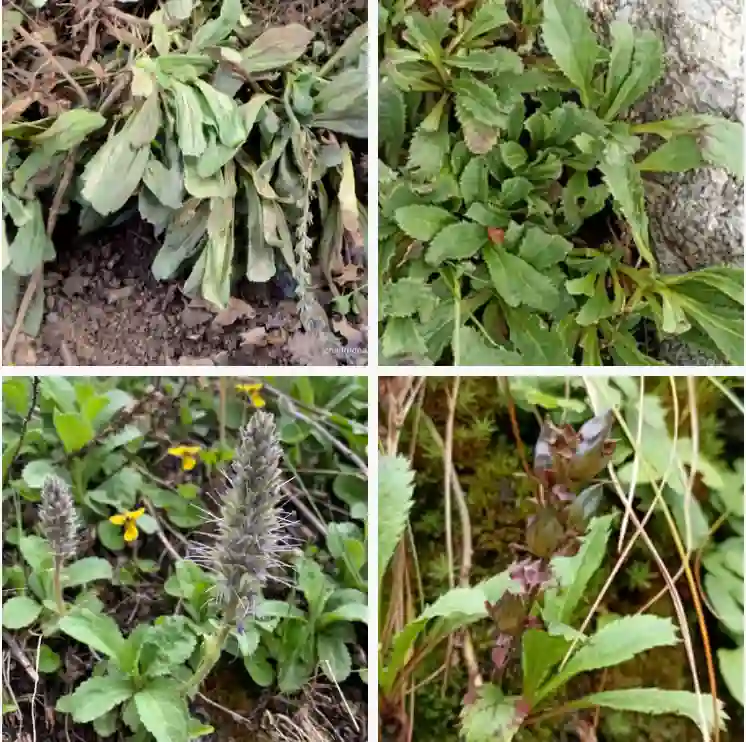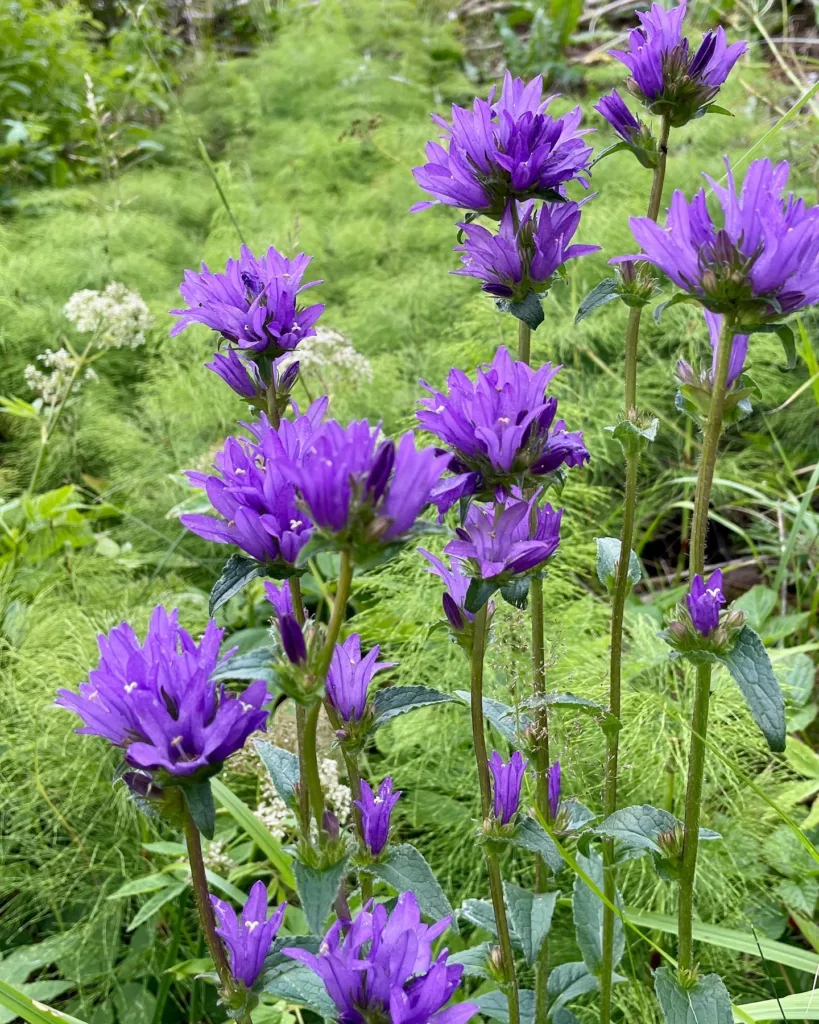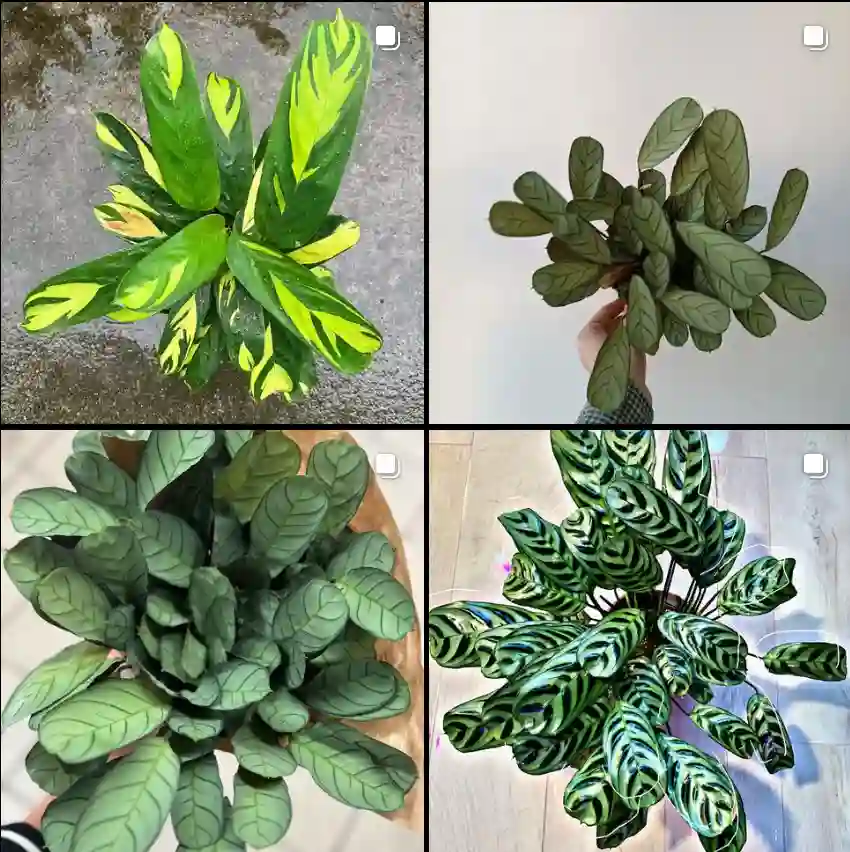
100 Species in Genus Hydrangea
What is a smooth hydrangea?
A smooth hydrangea, scientifically known as Hydrangea Arborescens, is a beautiful flowering shrub native to the United States. What makes it stand out is its large, round clusters of white or pink flowers that bloom in the summer. These flowers are known for their ability to change color depending on the soil pH. One of the popular cultivars of smooth hydrangea is the ‘Annabelle’, famous for its big, showy white blooms.
Smooth Hydrangea vs Annabelle
I find Annabelle’s large, round blooms charming and easy to spot from a distance, adding a bold statement to my garden.
Smooth Hydrangea vs Bigleaf
I love the versatility of Bigleaf Hydrangeas(Hydrangea macrophylla) with their ability to change flower colors based on soil pH, giving me a surprise each season.
When to prune smooth hydrangea? How to prune smooth hydrangea?
As for pruning, smooth hydrangeas should be pruned in late winter or early spring. Since they bloom on new wood, pruning at this time encourages vigorous growth and abundant blooms for the upcoming season. I usually trim back the stems to about a foot from the ground to promote healthy growth and prevent the plant from becoming too leggy.
How to propagate smooth hydrangea?
Propagating smooth hydrangeas is relatively straightforward, and I’ve had success using both stem cuttings and division methods. Stem cuttings are typically taken in the summer from healthy, non-flowering shoots. I remove the lower leaves and dip the cut end in rooting hormone before planting it in a well-draining soil mix. Keeping the soil consistently moist and providing indirect light helps encourage root development. Alternatively, division can be done in early spring by separating the plant into smaller sections, each with its own roots and shoots, and replanting them in suitable locations.
Where to buy smooth hydrangea?
When it comes to buying smooth hydrangeas, there are plenty of options available. I usually prefer to purchase them from local nurseries or reputable online retailers specializing in plants. This ensures that I’m getting healthy, well-established specimens that are suited to my growing conditions. Plus, it’s always nice to support local businesses whenever possible.
When to plant smooth hydrangea?
I find that the best time to plant smooth hydrangeas is in the early spring or late fall, preferably when the weather is mild and the soil is workable. Planting during these seasons gives the shrub a chance to establish its roots before the hot summer months or the harsh winter cold set in. In the spring, I aim to plant them after the last frost date in my area to avoid any potential damage to new growth from late frosts. In the fall, planting a few weeks before the first frost allows the roots to establish themselves before the ground freezes, giving the plant a head start for the following spring. Overall, planting during these times helps ensure the smooth hydrangea gets off to a strong start and increases its chances of thriving in its new environment.
Are smooth hydrangea deer resistant?
Smooth hydrangeas are generally deer-resistant, which is a bonus for gardeners dealing with deer browsing issues. While no plant is entirely deer-proof, smooth hydrangeas contain compounds that make them less appealing to deer compared to other plants. However, in times of severe food scarcity, deer may still nibble on them, so it’s always a good idea to take precautions if deer are prevalent in your area.
Can smooth hydrangea grow in full sun?
Smooth hydrangeas prefer partial shade to full sun, but they can tolerate a wide range of light conditions. While they do best in areas with morning sun and afternoon shade, they can still thrive in full sun as long as they receive adequate moisture and protection from intense afternoon heat. In hotter climates, providing some afternoon shade can help prevent the plant from becoming stressed and scorched. Overall, finding the right balance of sunlight and moisture is key to keeping smooth hydrangeas happy and healthy in the garden.
Can you grow Hydrangea Arborescens indoors?
Hydrangea arborescens is not well-suited for growing indoors as it requires a significant amount of sunlight and space to thrive. It’s best to grow them outdoors in a garden or in large pots on a patio.
Do deer eat Hydrangea Arborescens?
Yes, deer are known to eat Hydrangea arborescens, especially when food is scarce. If deer are a concern in your area, consider protecting your plants with deer repellents or physical barriers.
Can Hydrangea Arborescens change color?
No, Hydrangea arborescens flowers do not change color based on soil pH. Their blooms typically remain white or pale green regardless of the soil’s acidity or alkalinity.
If i die, water my plants!



